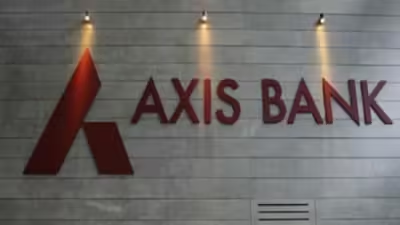The Dynamics of Indian Politics: Parties, Leaders, and Electoral Battles

The Dynamics of Indian Politics: Parties, Leaders, and Electoral Battles
India, with nearly a billion eligible voters, embarks on the world’s largest electoral exercise, a testament to its vibrant democracy and diverse political landscape. Amidst the plethora of political parties vying for power, a select few dominate the electoral arena, shaping the country’s governance and policy direction.
At the forefront of this electoral battleground is the Bharatiya Janata Party (BJP), the world’s largest political outfit boasting nearly 180 million members. Born out of the Jan Sangh party, an offshoot of the Hindu nationalist organization Rashtriya Swayamsevak Sangh (RSS), the BJP has steadily risen to prominence since its formation in 1980. Led by Prime Minister Narendra Modi, the BJP has clinched power with resounding victories, leveraging its massive grassroots support base and ideological fervor.
Narendra Modi, hailed as a transformative leader, has catapulted the BJP to unprecedented heights with his dynamic leadership and populist appeal. A quintessential RSS cadre, Modi’s political journey began in the bylanes of Gujarat, where he served as the state’s Chief Minister for over a decade. His ascendancy to the Prime Minister’s office in 2014 marked a watershed moment in Indian politics, ushering in an era of decisive governance and ambitious reforms. Modi’s popularity remains undiminished as he seeks a historic third consecutive term, buoyed by his track record of economic growth and nationalist agenda.
Amit Shah, Modi’s trusted lieutenant and India’s Home Affairs Minister, wields considerable influence within the BJP hierarchy. Instrumental in orchestrating the party’s electoral strategies, Shah is credited with implementing the BJP’s Hindu-first agenda and bolstering its organizational machinery. His stewardship has propelled the BJP to new electoral frontiers, cementing its status as the preeminent political force in India.
In contrast, the Indian National Congress, the country’s oldest political party, finds itself grappling with a crisis of leadership and relevance. Despite its illustrious history and pivotal role in India’s freedom struggle, Congress has struggled to counter the BJP juggernaut under Modi’s leadership. Rahul Gandhi, scion of the Nehru-Gandhi dynasty and Congress’s de facto leader, has faced criticism for his lackluster performance and inability to galvanize the party’s cadres. Nevertheless, Gandhi remains a formidable opponent to Modi, spearheading Congress’s efforts to challenge the BJP’s hegemony.
Must Read : BJP’s West Bengal Surge: Prashant Kishor’s Insights
The Aam Aadmi Party (AAP), born out of an anti-corruption movement, emerged as a disruptor in Indian politics, capturing power in Delhi’s local elections in 2015. Led by Arvind Kejriwal, AAP espouses a populist agenda aimed at empowering the common man and combatting corruption. Kejriwal’s confrontational style and vocal criticism of Modi have earned him both admirers and detractors, underscoring the polarizing nature of Indian politics.
Regional players like the Dravida Munnetra Kazhagam (DMK) and All India Trinamool Congress (TMC) wield significant influence in their respective states, shaping the political landscape at the regional and national levels. DMK, a dominant force in Tamil Nadu, champions the cause of regional autonomy and social justice, while TMC, led by Mamata Banerjee, has emerged as a bulwark against BJP’s encroachment in West Bengal.
As India gears up for yet another electoral spectacle, the stakes are higher than ever. The battle lines are drawn, with competing visions of India’s future at play. While the BJP seeks to consolidate its hold on power and further its nationalist agenda, the opposition, led by Congress and regional parties, aims to challenge the status quo and safeguard democratic values.
In the crucible of Indian democracy, where diversity is celebrated and dissent is enshrined, the electoral process serves as a crucible for change and renewal. As voters cast their ballots and political fortunes ebb and flow, the soul of the nation hangs in the balance, awaiting the verdict of its citizens.
Must Read : BJP Manifesto 2024: Vision & Promises for India’s Future in ‘Sankalp Patra’







[…] The Dynamics of Indian Politics: Parties, Leaders, and Electoral Battles […]
[…] The Dynamics of Indian Politics: Parties, Leaders, and Electoral Battles […]